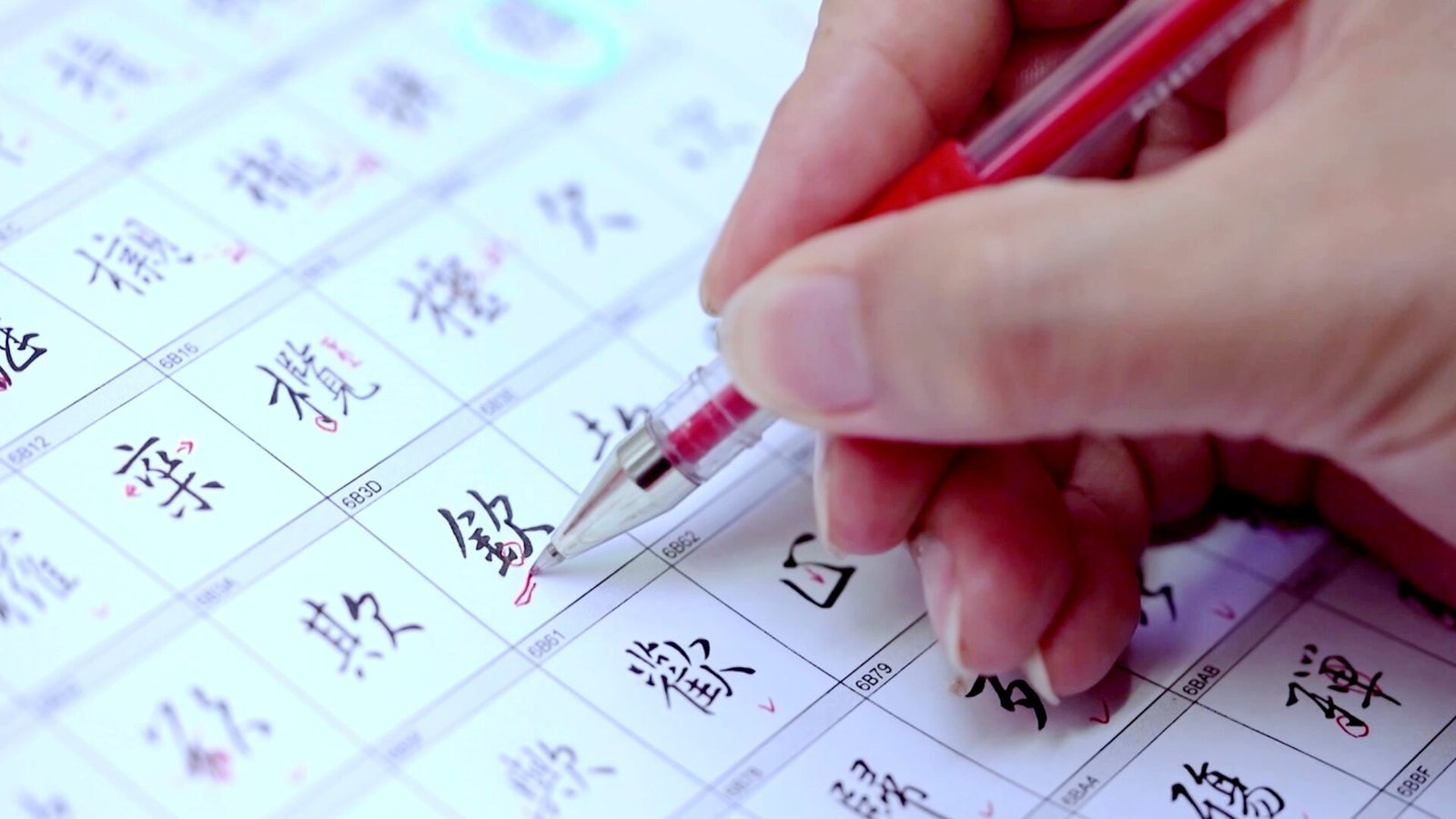In the annals of Chinese history, spanning millennia, the art of calligraphy has been a defining facet of its cultural tapestry. The Chinese artist, Wang Xizhi, a venerated figure from the Eastern Jin Dynasty (317-420), stands out in this panorama. Lauded as the “sage of calligraphy,” Wang Xizhi’s masterful craft continues to inspire admiration and study among calligraphy aficionados. His unique style, captured in various works of art, has been passed down through generations via facsimiles and stone inscriptions.
One of the most famed pieces, the “Ji Wang Sheng Jiao Xu,” offers an invaluable gateway into his calligraphic style. The phrase “Ji Wang Sheng Jiao Xu” can be translated as “The Preface to the Buddhist Scriptures Engraved on Stone in Wang Xizhi’s Collated Characters,” with “Ji Wang” denoting a compilation of individual characters drawn from Wang Xizhi’s calligraphy.
The creation of this monumental work can be traced back to the Tang Dynasty (618-907), more than a thousand years ago. A dedicated monk, Huai Ren, undertook a meticulous search for authentic works by Wang Xizhi, which he then amalgamated into the “Sheng Jiao Xu.” This comprehensive collection was presented to Emperor Taizong of the Tang Dynasty, who ordered it to be etched into a stele, thereby originating the famous “Ji Wang Sheng Jiao Xu” stele. This stele has since served as a primary reference for studying Wang Xizhi’s calligraphy style by successive generations.
Shen Hao, a professor at the China Academy of Art, emphasized the extraordinary effort Huai Ren and his team undertook to create this stele. Aided by over 40 assistants, Huai Ren spent 25 years meticulously collecting 1,903 characters from various examples of Wang Xizhi’s calligraphy. Emperor Taizong’s strong support was pivotal in this endeavor. He used treasury funds to procure Wang Xizhi’s works from across the nation, amassing as many as 2,290 sheets. Any missing characters were purchased at high costs, leading to the stele’s nickname – the “Thousand Gold Stele.”
Chen Zhongkang, a professor at the Chinese National Academy of Arts, underscored the cultural significance of “Ji Wang Sheng Jiao Xu.” Generally considered one of the most classical works in the history of calligraphy, especially in running scripts, this stele is an invaluable resource. Since the majority of Wang Xizhi’s original works were lost, the “Ji Wang Sheng Jiao Xu” is deemed the most accurate existing record of his calligraphy.
This arduous process of gathering Wang Xizhi’s calligraphy, which began in the Tang Dynasty, continued through the Song, Yuan, Ming, and Qing dynasties. Today, this legacy is being carried forward by contemporary font designers who are assembling individual characters from Wang Xizhi’s calligraphy to build a digital font library, the “Wang Xizhi Running Script.”
The meticulous process of selecting and combining characters, determining the structure and stroke design, bears testament to the font designers’ commitment to ensure the library adheres to modern Chinese character standards while authentically reflecting Wang Xizhi’s calligraphic style.
The digital age brings a new chapter to the saga of Wang Xizhi’s calligraphy. While Huai Ren’s “Ji Wang Sheng Jiao Xu” stele ensured the preservation of Wang Xizhi’s art for over 1,500 years, the development of digital fonts could extend the reach of the “Wang Script” to every computer and mobile phone across the globe. Anyone intrigued by the art of calligraphy could potentially use it, helping not only to perpetuate Wang Xizhi’s work but also to immortalize the art of ancient Chinese calligraphy in the digital realm.
READ MORE:
